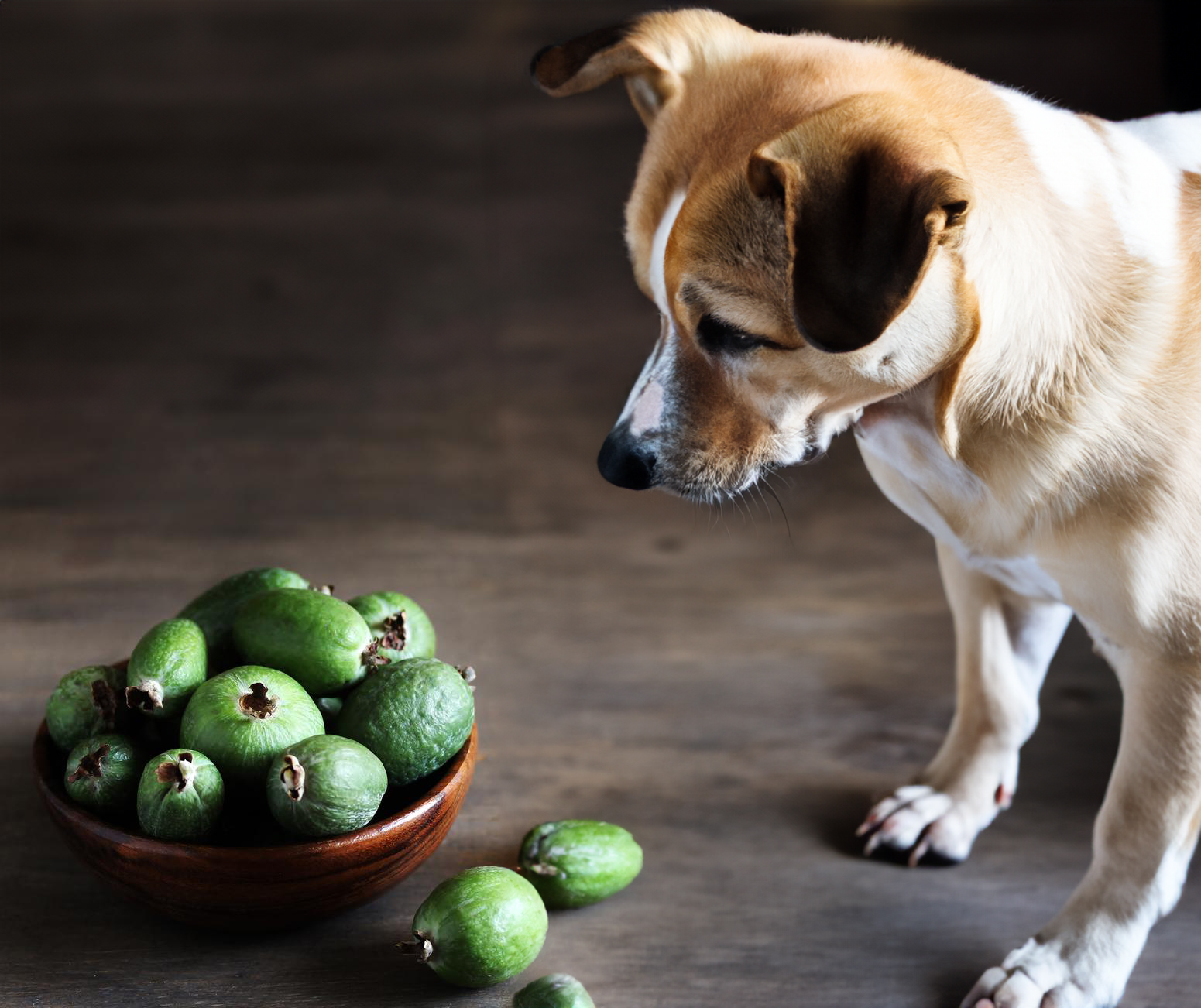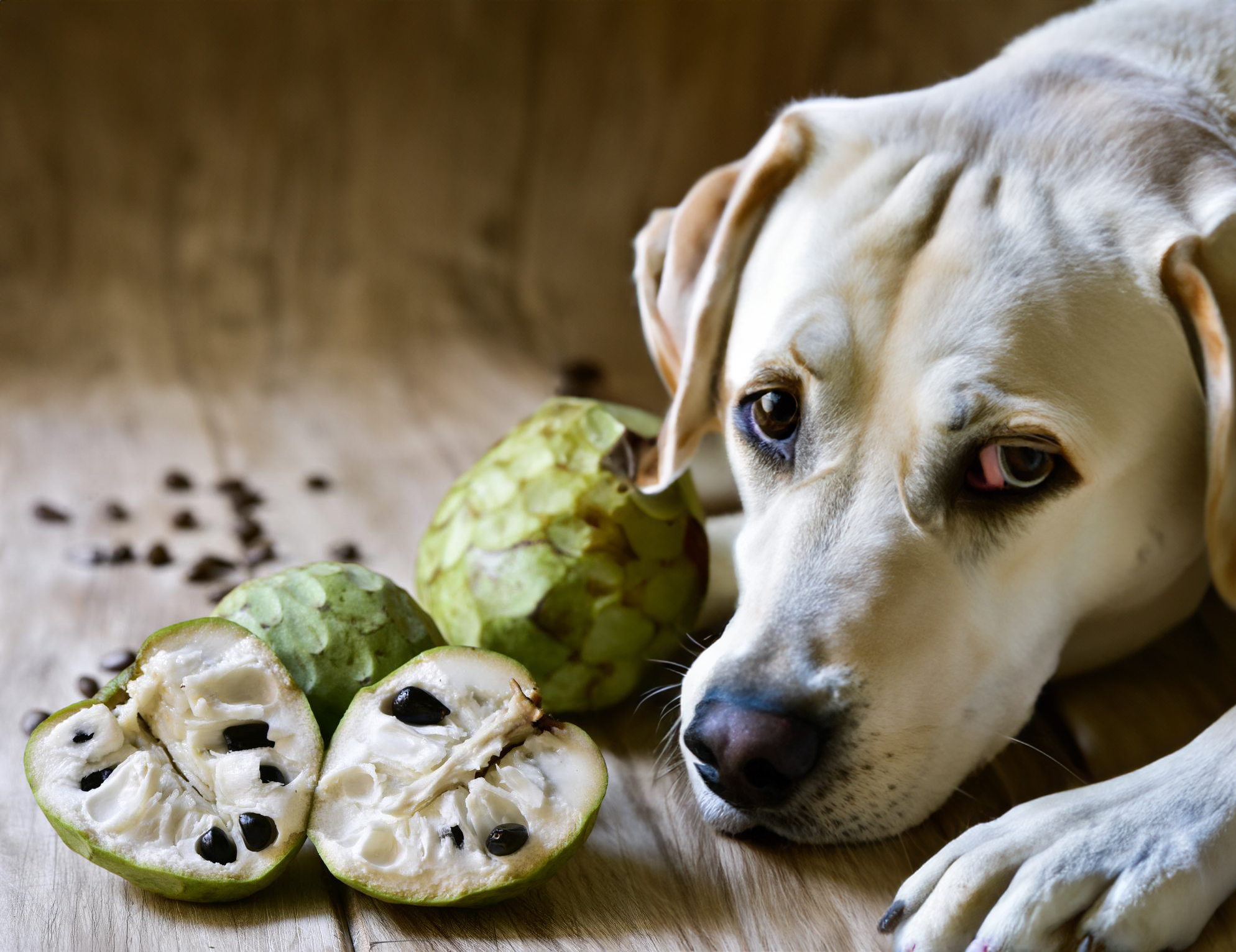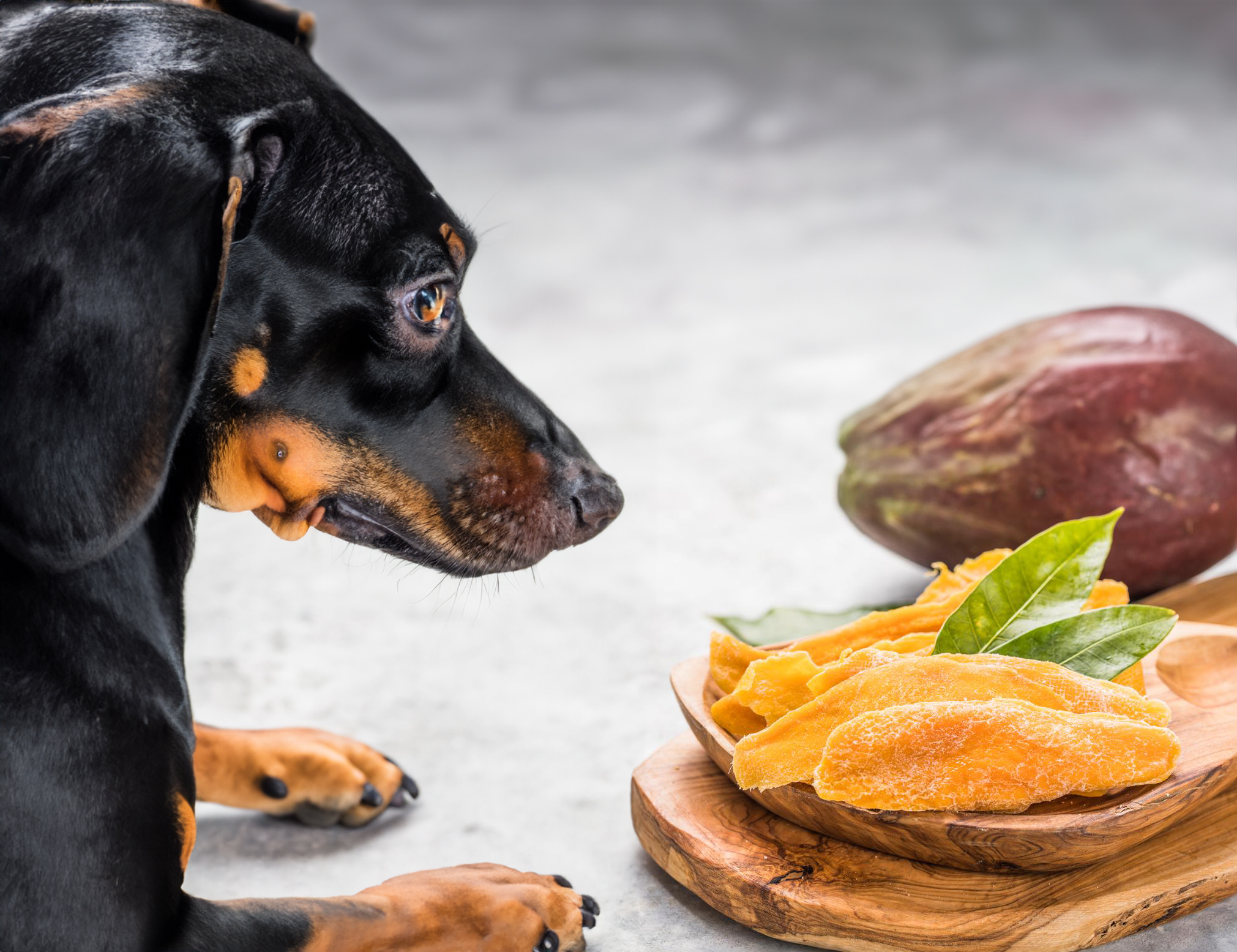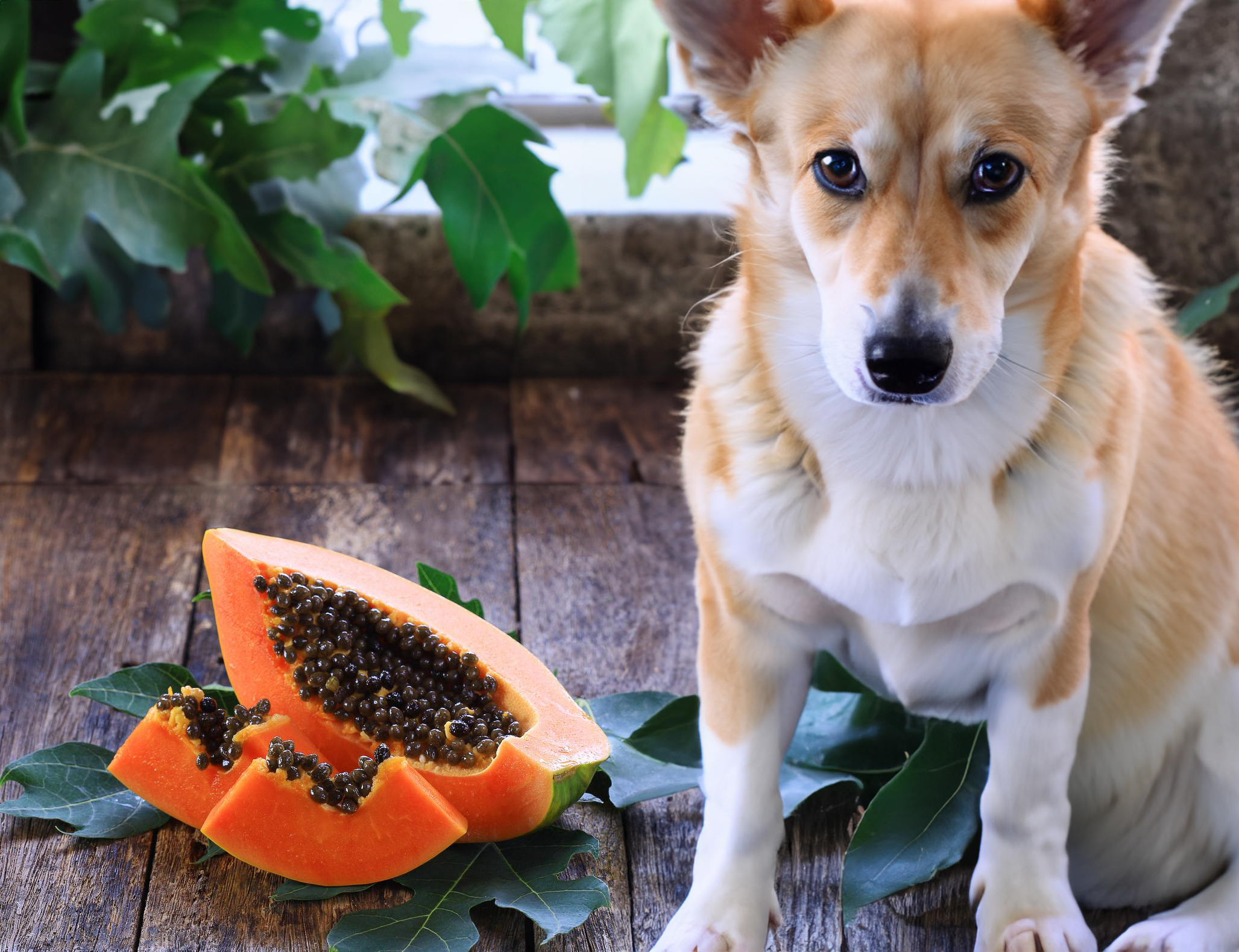We all know that certain foods can be dangerous for our dogs to eat. As a responsible pet owner, it’s important to be aware of the potential risks associated with feeding certain items to your pup. Plums are a popular summertime snack, but should your dog partake in this juicy fruit? In this blog post, we’ll look at the potential perils of giving your dog a plum and explore whether or not it’s safe for them to do so.
What are Plums?
Plums are a type of fruit that belong to the Prunus genus of the Rosaceae family. They are small, round or oval-shaped fruits that come in various colors, including red, purple, yellow, and green. Plums are known for their sweet and juicy flesh, which can vary in texture from firm to soft.
These fruits are not only delicious but also packed with nutrients. Plums are a good source of vitamins A, C, and K, as well as dietary fiber. They also contain minerals like potassium and copper.
Plums have been cultivated for thousands of years and are enjoyed by humans all around the world. They are often used in various culinary dishes, such as jams, jellies, pies, and cakes. Plums can also be eaten fresh as a healthy snack.
While plums can be a tasty and nutritious treat for humans, it’s important to consider whether they are safe for our furry friends. In the next section, we’ll explore whether or not dogs can eat plums and what potential risks they may pose.
Can Dogs Eat Plums?
When it comes to the question of whether or not dogs can eat plums, the answer is a bit more complicated than a simple yes or no. While plums themselves are not inherently toxic to dogs, there are certain factors that need to be taken into consideration before offering this fruit to your furry friend.
One important thing to keep in mind is that the pit of a plum can pose a choking hazard to dogs. It is small and hard, making it difficult for dogs to chew and digest. Additionally, the pit contains amygdalin, a compound that can release cyanide when metabolized. This can be extremely dangerous for dogs, as cyanide is a highly toxic substance.
In addition to the pit, the skin of a plum can also cause problems for dogs. It is not easily digested and can lead to gastrointestinal upset or even an intestinal blockage if consumed in large quantities.
While some dogs may be able to tolerate small amounts of plum flesh without any issues, it is generally best to err on the side of caution and avoid feeding plums to your dog altogether.
Potential Health Benefits of Plums for Dogs
Plums not only taste delicious, but they also offer some potential health benefits for our furry friends. While dogs have different nutritional needs than humans, there are certain nutrients found in plums that can be beneficial for their overall well-being.
One potential health benefit of plums for dogs is their high content of vitamins and minerals. Plums are a good source of vitamins A, C, and K, which are important for a dog’s immune system, bone health, and blood clotting. They also contain minerals like potassium and copper, which are essential for proper muscle function and energy production.
Another potential benefit is the dietary fiber found in plums. Fiber is important for dogs’ digestive health and can help regulate their bowel movements. It can also aid in weight management and prevent constipation.
In addition, plums are rich in antioxidants. Antioxidants help neutralize harmful free radicals in the body, reducing the risk of chronic diseases and supporting overall health.
It’s important to note that while plums may offer these potential benefits, they should still be given to dogs in moderation. Too much of any food can lead to digestive upset or other health issues. As always, it’s best to consult with your veterinarian before introducing any new foods into your dog’s diet.
Potential Risks of Feeding Plums to Dogs
Feeding plums to your dog can come with several potential risks that you should be aware of. As mentioned earlier, the pit of a plum can pose a choking hazard to dogs. It is small and hard, making it difficult for dogs to chew and swallow. Additionally, the pit contains amygdalin, a compound that can release cyanide when metabolized. Cyanide is highly toxic to dogs and can have severe consequences if ingested.
The skin of a plum can also be problematic for dogs. It is not easily digestible and can lead to gastrointestinal upset or even an intestinal blockage if consumed in large quantities. Dogs may experience symptoms such as vomiting, diarrhea, abdominal pain, or a lack of appetite.
It’s important to note that every dog is different and may react differently to plums. While some dogs may be able to tolerate small amounts without any issues, others may have adverse reactions. It’s always best to err on the side of caution and avoid feeding plums to your dog to ensure their safety and well-being.
What to Do If Your Dog Eats Plums
If you discover that your dog has eaten a plum, there are several steps you can take to ensure their safety and well-being. First, assess the situation and try to determine how much of the plum your dog has consumed. If they only had a small bite or a few pieces, they may be okay, but it’s still important to monitor them closely for any signs of discomfort or adverse reactions.
If your dog has consumed a large amount of plum, or if you notice any concerning symptoms such as vomiting, diarrhea, abdominal pain, or a lack of appetite, it’s best to contact your veterinarian right away. They can provide guidance based on your dog’s specific situation and determine if any immediate action needs to be taken.
In some cases, your veterinarian may recommend inducing vomiting to help your dog expel the plum from their system. However, this should only be done under their guidance and supervision.
It’s important to remember that prevention is always better than cure. To avoid any potential risks associated with plums, it’s best to keep them out of your dog’s reach and opt for dog-friendly treats instead. There are plenty of safe and nutritious alternatives available that your dog will love.
Alternatives to Plums for Your Dog’s Treats
If you’re looking for alternative treats for your dog, there are plenty of safe options that can satisfy their taste buds without the potential risks of plums. Here are some alternatives to consider:
- Apples: Apples are a healthy and safe treat for dogs. They are low in calories and packed with vitamins and fiber. Just make sure to remove the seeds and core before offering them to your pup.
- Blueberries: Blueberries are another great option for dogs. They are full of antioxidants and can provide a sweet and tart flavor that many dogs enjoy. Plus, they are small and easy for dogs to chew and digest.
- Carrots: Carrots are a crunchy and nutritious treat for dogs. They are low in calories and high in fiber, making them great for weight management and dental health. Just be sure to cut them into small, bite-sized pieces for easy chewing.
- Watermelon: Watermelon is a hydrating and refreshing treat for dogs, especially during hot summer days. Just be sure to remove the seeds and rind before offering it to your pup.
- Pumpkin: Pumpkin is not only delicious but also beneficial for dogs’ digestion. It is high in fiber and can help regulate their bowel movements. You can offer it as a treat or mix it into their meals for added nutrients.
Remember to introduce any new treats gradually and in moderation. It’s always a good idea to consult with your veterinarian to ensure that the alternative treats you choose are safe and appropriate for your dog’s specific dietary needs.










